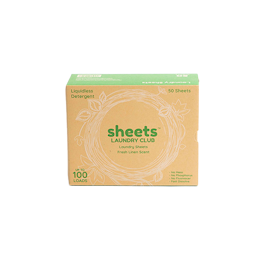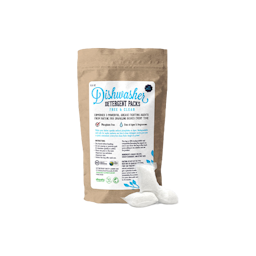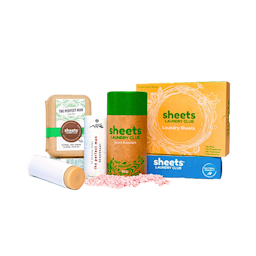How to Clean a Washing Machine
Ever wash your clothes but get the feeling they’re somehow still not clean? If you notice that your laundry isn’t smelling or looking as fresh as it should, your washing machine could be the culprit.
Our washing machines work hard for us. Every once in a while, they need a little tune-up, too. Here are seven tips about how to clean a washing machine, so your laundry will be cleaner than ever.
How to Clean a Washing Machine in 7 Easy Steps
Check positioning
Did you know that the positioning of your washing machine can affect how efficient it is? It’s true! That’s why it’s important to make sure that it’s at least four inches away from the wall. This ensures that no hoses will become kinked or bent, potentially causing a backup that can introduce mold or mildew into the system.
The good news? This is a one-time fix. Once you move your machine out to the appropriate distance, this isn’t something you should have to worry about again.
Scrub dispensers
The dispensers on many modern washing machines live in a small drawer that pulls out near the top of the machine. This is where you can add in things like detergent, fabric softener, or stain fighter. Unfortunately, if left unattended, this is also where you can unintentionally add in bacteria and mold.
About once a month, or every five to ten washes, it’s important to remove the dispensers and scrub them under warm water in the sink. Using a small brush, like a toothbrush, is a great way to make sure you get into all of the corners and hard-to-reach areas. If your dispensers have multiple pieces, be sure to disassemble them and clean each individual part.
Measure your detergent
Too much of a good thing can, in fact, be bad, especially when it comes to detergent. Using more laundry detergent than your wash calls for can leave behind residue that can damage your machine and leave an unpleasant odor.
Luckily, our laundry detergent sheets make it easy to prevent this kind of overuse. When washing a large load, simply throw in one whole sheet. When doing a small or medium load, rip or cut a sheet in half, use one for your wash, and save the other half for next time.
Air out dispensers
Even if you stay on top of washing your dispensers out regularly, they’re still a convenient breeding ground for mold and mildew. Excess water can collect in the dispensers, and if left in the damp darkness, mold can soon follow.
To prevent this, leave the dispenser drawer open between washes. This allows both air and light into the area, drying out any unwanted water or moldy buildup.
Drain excess water
This step is going to sound technical, but we swear it’s simple. If you suspect water is becoming trapped in your washing machine, you’ll want to inspect the drain hose. On most washing machine models, the drain hose can be accessed on one of the bottom front corners of the machine. However, if you’re unsure where yours is located, refer to the user manual, or call the company to confirm its location.
Once you’ve located it, place a bowl underneath it, and drain out any excess water. When no more water comes out: mission accomplished!
Clean the lint filter
If you notice a strange, dust-like coating on your clothes as they come out of the washing machine, a dirty lint filter may be the culprit. In addition to trapping lint, it also catches things like hair, receipts, and stray gum wrappers that have made their way into the wash. When wet, these items can disintegrate into tiny particles and cling to your clothing, resembling dust.
Removing and thoroughly cleaning the lint filter about once every three months should be an easy solution to this problem.
Let the drum breathe
Finally, give the washing machine drum some time to breathe. Keeping the drum door closed between washes creates the perfect environment for mold, mildew, and other bacteria to grow. This is especially true for front-loading washers, which have an air-tight seal to prevent water from leaking out during a wash.
Leave the drum door open for at least 15-30 minutes after a wash to ensure the drum has time to air out and dry out. This will help reduce the probability of mold or mildew settling into your machine.
Recap
If you’re doing everything right, but your clothes still don’t seem clean, your washing machine may need a little extra love. Taking these seven simple precautions will help keep your washing machine clean and your clothes even cleaner!



